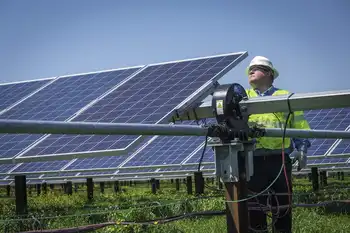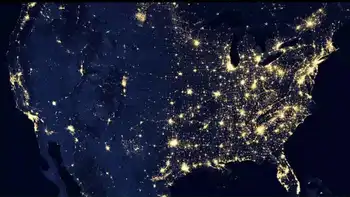Heartbeats may power future pacemakers
LONDON, ENGLAND - Pacemakers and defibrillators of the future may generate an extra power boost from a surprising energy source: The heart itself.
Using a microgenerator powered by heartbeats, a British team said their experiment produced nearly 17 percent of the electricity needed to run an artificial pacemaker.
This means the next era of pacemakers could incorporate this technology and result in longer-lasting devices with more added functions to help manage the heart, they said.
"This was a proof-of-concept study, and we provided the concept," Paul Roberts at Southampton University Hospital in Britain said in a statement.
"Harvesting surplus energy might be a major transition in implantable pacemakers and defibrillators because engineers will have more energy to work with."
A pacemaker sends electrical impulses to the heart to speed up or slow cardiac rhythm while an implantable cardioverter defibrillator signals the heart to normalize its rhythm if it gets too fast or slow.
The devices save lives and are incorporating evolving technology to become increasingly sophisticated. But the devices are now so small, the only way to produce more power needed to run more functions is to increase battery size.
The problem is this would also increase the size of the devices implanted under the skin, making them uncomfortable and cosmetically less appealing, the researchers said.
"The small devices now are really very good, but power consumption must increase if we want to take them to the next level," Roberts said.
The researchers, who presented their findings at the American Heart Association meeting in New Orleans, tested a generator that helps the heart produce more than enough energy with each beat to pump blood.
The device uses two compressible bladders and a microgenerator mounted on the lead of a pacemaker or defibrillator, the wire that connects the device to the heart.
This lead is attached to the end of the right ventricle, and the bladders relay the energy from the pressure of each heartbeat to the microgenerator, which transforms it into electricity for use by the battery, the researchers said.
The researchers are now working with different materials in the microgenerator, which they believe will produce significantly more power in their next-generation device.
"While at the moment we see about 20 percent harvesting, we're anticipating that will be significantly more in the next iteration of the device," Roberts said.
A consortium of companies including InVivo Technology, Perpetuum and Zarlink Semiconductor developed the microgenerator using British-government funds.
Related News

Duke solar solicitation nearly 6x over-subscribed
WASHINGTON - Last week the independent administrator for Duke’s 680 MW solar solicitation revealed data about the projects which have bid in response to the offer, showing a massive amount of interest in the opportunity.
Overall, 18 individuals submitted bids for projects in Duke Energy Carolinas (DEC) territory and 10 in Duke Energy Progress (DEP), with a total of more than 3.9 GW of proposals – more nearly 6x the available volume. DEP was relatively more over-subscribed, with 1.2 GWac of projects vying for only 80 MW of available capacity.
This is despite a requirement that such projects come in below the…




